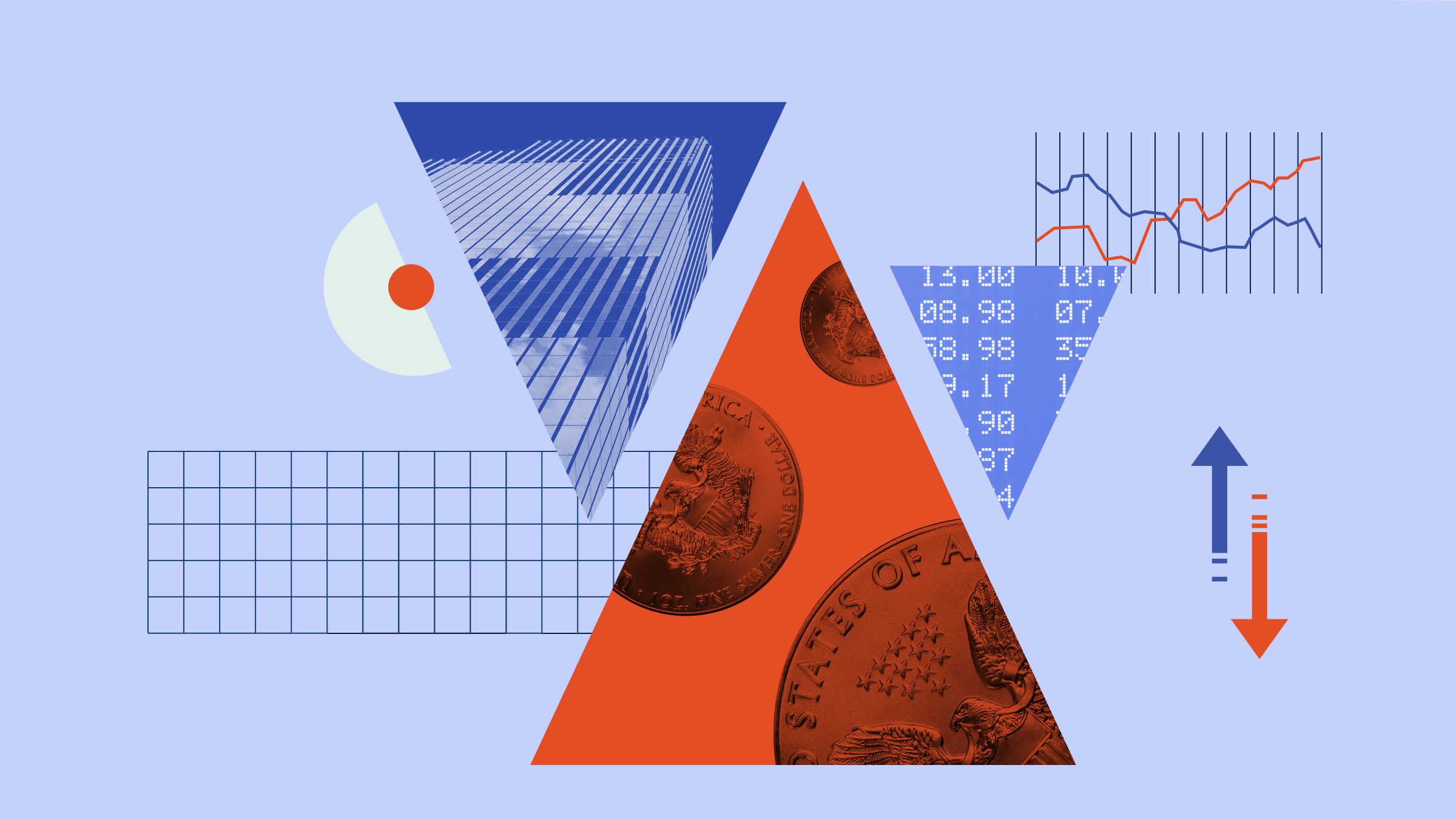Read more from Morningstar's Global Equities Week here.
We're in strange seas, where a downgrade of U.S. debt causes Treasuries to soar and economists prescribe more debt to cure a debt hangover. Tossed by the violent eddies and streams of sentiment is Europe. Dare we ride it into the unknown? The rewards are tempting. By a slew of valuation measures, European stocks look cheap compared to historical levels. European equity cashflows look juicy and if the authorities contain the crisis investors can expect a massive rally as cashflow-to-price multiples expand from their depressed levels. However, European equities may be a value trap.
Risk
Let's walk through the nightmare scenario spooking the markets:
The European project is doomed. As investors move to flee Italian sovereign debt, a self-fulfilling panic takes hold. Spiking interest rates drive up Italy's debt service to unbearable levels, and pitch the country into a state of near-certain default. The run soon engulfs Spain, Portugal, Ireland and perhaps even France. Losses on trillions of dollars of sovereign debt blow through the buffer afforded by the bailout fund, itself largely paid for by the nations it's supposed to backstop. The blow to banks' balance sheets ignites a eurozone financial crisis, transmitted by an elaborate and opaque web of cross-holdings, derivatives and debt exposure. Runs on banks begin.
The negative shock to sentiment and incomes spurs massive deleveraging, whereby everyone rushes to pay down debts, sending the economy into a self-reinforcing decline. Lacking independent currencies, the insolvent nations face the prospect of a decade or more of painful re-adjustment as wages and debt burdens fall to restore economies to equilibrium. Massive social unrest forces governments to pursue the nuclear option: leave the euro and default on their debts by running the printing presses and outright abrogation. So the euro currency union disintegrates.
Note how the doom loop starts with a shift in expectations--that fickle thing that can stay quiescent for years only to erupt with little rhyme or reason. Recall how in the summer of 2010 sovereign debt fears erupted for a few months and were pacified by some grudging bailouts, only to reemerge a year later. The best way to kill the current panic and the future possibility of them is for the European Central Bank to pledge unlimited purchases of sovereign debt to keep yields low.
However, public opinion, the German technocratic elite's hard-money beliefs, and the European Union's political structure seem to bind policy responses to a menu of shoddy choices that end in different kinds of disaster, the slow or the fast kind.
Expectations, Mirrors
The nature of self-fulfilling panics means investor sentiment will largely set outcomes. If the market is fooled by palliatives (doubtful), stock prices can rise and stay there for years until the next cycle of panic sets in. The irony is that as the market becomes more complacent, the political will to engage in painful reform ebbs, sowing the seeds for the next cycle of panic.
We suggest two competing approaches to profit from Europe's debt woes. One is to aggressively ride momentum, buying when European stocks do well, and selling when they do poorly. Investors could time their exits and entries with momentum indicators such as the 200-day simple moving average. The market's optimism and pessimism will be self-reinforcing owing to the expectational mechanism we described. A simple 200-day moving average strategy applied to the STOXX Europe 50 would have sold out before the worst of the recent drawdowns. Historically, market states characterised by high volatility and recent declines tend to be followed by major declines and even more volatility.
The other approach is to wait for the next bout of volatility and swoop in when valuations become attractive enough, begging the question: what are attractive valuations?
Valuing Europe
Europe looks cheap by a slew of metrics. As of December 8, the STOXX Europe 600's price of 238 puts its Shiller P/E (current price divided by real earnings averaged over ten years) close to 13, a hefty discount to the S&P 500's 21 multiple. The European market yields about 2 percentage points more than the S&P 500. And its price/book of around 1.3 is lower than the 1.8 average since 1975. Overall, the market looks about 30% to 40% cheaper than the S&P 500 and priced for an expected real return of 6% to 7% annualised over the long haul.
However, the margin of safety isn't great. Corporate and domestic incomes were juiced by a great leveraging cycle that began in the 1980s and gained steam over the past decade. European stock markets grew their real per-share dividends by a freakish 4.4% annualised from 1985 to 2011. In contrast, developed markets only grew their dividends by a little over 1% annualised from 1900 to 2010, with Sweden's 2% real per-share dividend growth rate topping the league tables. The reversal of the great debt supercycle may push down real per-share dividend growth for years. A growth drag of 2 percentage points annualised pushes the European market's current prices closer to fairly valued than cheap.
Maybe Europe will defeat its gloomy odds. Maybe the painful labour market, regulatory and fiscal reforms Germany is pushing for from on high will turn the eurozone into an über exporter. But to whom? China? The deleveraging U.S.?
Balanced against this hope are all the attendant risks that come with great deleveragings. Under great economic stress, political systems often become dysfunctional. The economy remains in a parlous state. Simplistic mean reversionary thinking may entice investors to throw money into dips, only to see their investments drop further.
We think European stocks become very attractive at Shiller P/Es below 10 and yields of 6% or more, implying the market has to decline about 30% from today's levels to become a clear steal. Even then, we'd avoid banks and focus on high-quality, dividend-paying stocks such as those held by CS ETF (CH) on SMI (CSSMI) and iShares DAX (EXS1). Companies less dependent on economic growth can still invest their capital quite profitably. Investors in broad basket ETFs like iShares STOXX Europe 600 (EXSA) would probably do fine, too.
Risk, Reward
When Russia defaulted on its debt and devalued the ruble, Russian equities shed 90% of their value. Other examples of default and devaluation yielded similar short-term losses. As long as the ECB won't backstop sovereign debt, the eurozone is vulnerable to self-fulfilling panics. However, terror will sow the seeds of Europe's salvation as policymakers and the public out of sheer desperation turn to real solutions. The brave and the patient will be at hand when the time comes.























